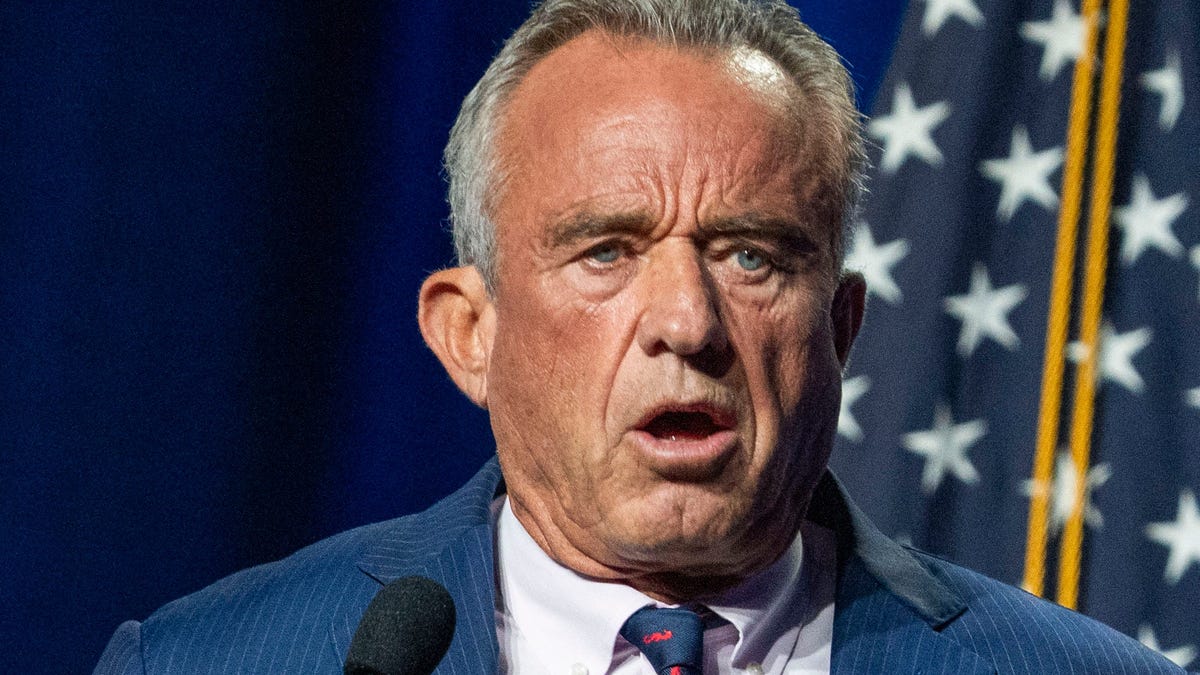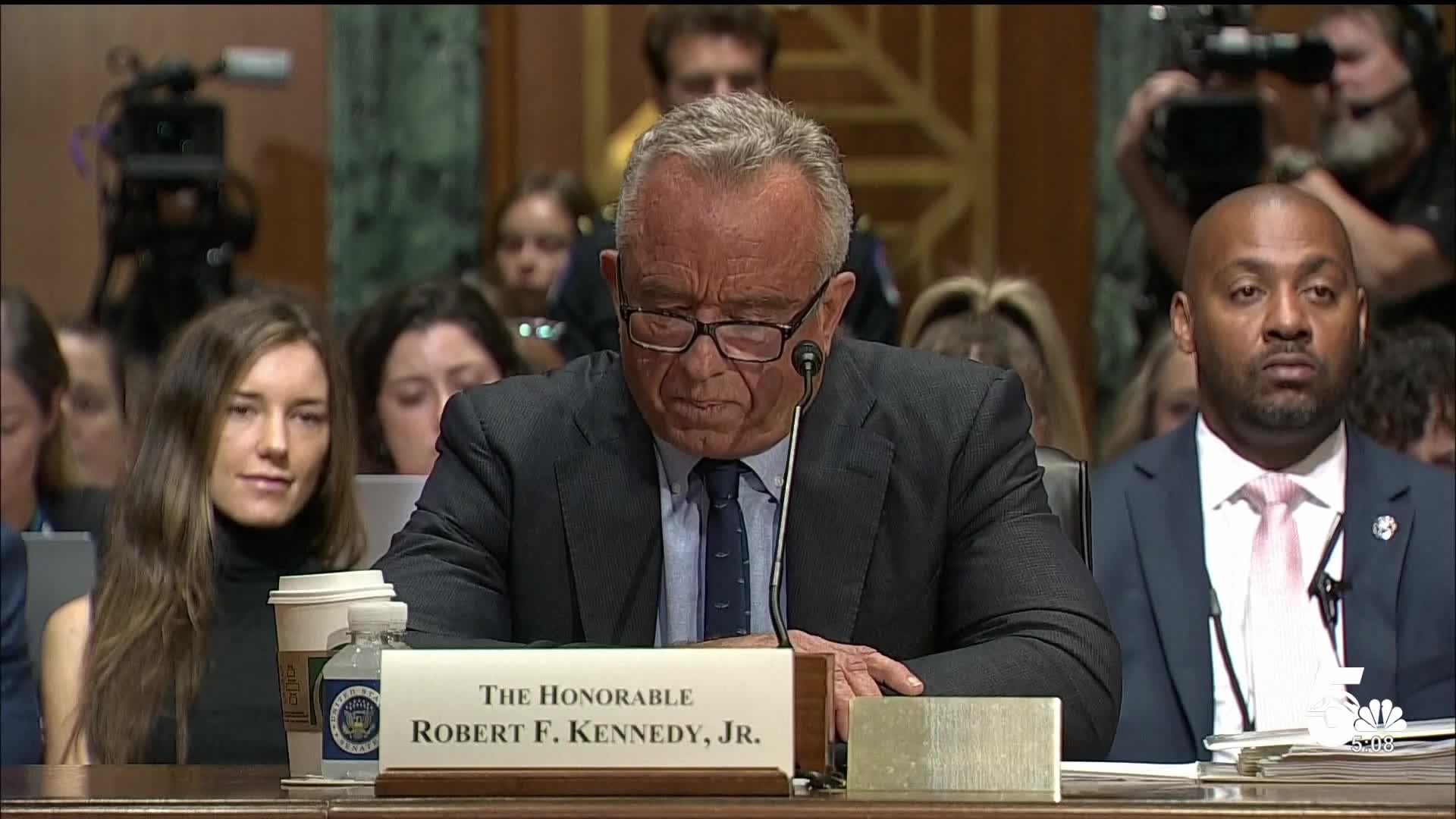Why does RFK Jr. sound like that? Voice disease spasmodic dysphonia


RFK Jr. grilled by Senate over COVID vaccine restrictions, CDC director
Health Secretary Robert F. Kennedy Jr. faced tough bipartisan questioning about limiting COVID vaccines to older and high-risk Americans.
Scripps News – KOAA Colorado Springs
Health and Human Services Secretary Robert F. Kennedy Jr.’s voice appeared to struggle during last week’s Senate hearing over changes to vaccine policies and the CDC. Here’s what to know about his voice disorder.
During a recent fiery exchange and shouting matches with senators during a Senate Finance Committee hearing, many wondered what was wrong RFK Jr.’s raspy voice and why it sounded like he was having difficulty when speaking or straining to get words out. Kennedy has a rare disorder called spasmodic dysphonia — a spasm of the vocal muscles.
Kennedy is one of an estimated 50,000 people in North America with spasmodic dysphonia, a neurological condition that creates a vocal tremble in mostly middle-aged people that usually lasts for the rest of their lives.
The 70-year old has openly talked about his voice disorder and explained that he was diagnosed with the condition in 1996, “I had a very very strong voice until I was 46 years old. It was unusually strong,” he said during a news broadcast in 2023. “It makes my voice tremble. At the time, I didn’t know what was wrong with it. But when I would go on TV, people would write me letters and say, ‘You have spasmodic dysphonia.’”
What is spasmodic dysphonia?
Spasmodic dysphonia is a rare chronic neurological speech disorder that results in involuntary spasms of the muscles that open or close the vocal folds. It causes the voice to suddenly sound breathy, strained, shaky or hoarse as if a person has lost their voice, according to the Cleveland Clinic.
The spasms can make the vocal cords very tight, making the voice sound strained and when the vocal chords come apart, the voice sounds breathy. At any time, the voice can go from a soft, breathy whisper to a strained hoarse sound, shaking or even broken as certain sounds cut off while speaking.
While there are treatments to ease the vocal cord spasms such as Botox injections, voice therapy, or thyroplasty, spasmodic dysphonia is a chronic, lifelong condition that has no cure.